Forget the viral clips. The real story out of the NATO Summit wasn’t Trump’s mood swings or Zelenskyy’s charm offensive. It was a quiet yet seismic financial shift – one that fundamentally rewires how the West funds Ukraine’s war effort. For the first time, NATO has agreed that aid to Ukraine can officially count towards members’ defence spending targets – now raised to 5% of GDP:
“Allies reaffirm their enduring sovereign commitments to provide support to Ukraine, whose security contributes to ours, and, to this end, will include direct contributions towards Ukraine’s defence and its defence industry when calculating Allies’ defence spending.” See point three of the Hague Summit Declaration.
It is a bureaucratic line change with enormous real-world consequences. If fully implemented, it moves Ukraine funding out of the realm of voluntary handouts and into permanent, hardwired defence budgets. This locks in long-term support and makes it politically bulletproof – regardless of who wins elections in Washington or Europe.
What Changed – And Why It Matters
Until now, military aid to Ukraine was an add on – funded through special packages, crisis votes or bilateral deals. That made it vulnerable to domestic politics. Look no further than the US Congress, where aid got tied up for months in 2024 because of internal Republican deadlock. This summit changed the rules. NATO’s communique now explicitly allows Ukraine related spending to count toward the alliance’s formal 5% GDP defence target.
That shift matters for four reasons:
Durability. Funding for Ukraine is now structurally tied to national defence budgets — no longer reliant on political goodwill or emergency votes.
Scale. If European NATO members actually hit 5%, defence spending could triple — from around USD 500 billion today to over USD 1.5 trillion. Ukraine becomes a permanent line item, not an optional extra.
Deterrence. Russia cannot match this financially. Even with Chinese backstopping, Moscow’s war economy caps out far below what NATO can now sustainably field.
Bureaucratic Momentum. Once something enters formal budget processes, it is very difficult to reverse. Defence ministries are far more reliable funders than parliaments debating one-off aid.
Why This Flew Under the Radar
It is a bureaucratic change. No flags, no tanks, no photo ops. This was embedded in the technical language of the summit communique – invisible to most casual observers.
Media distractions. The media fixated on Trump’s behaviour, Zelenskyy’s body language, and side-show theatrics. The single most important sentence in the communique barely got coverage outside specialist defence media.
Complexity bias. Anything involving GDP percentages and defence accounting doesn’t trend on TikTok.
What Happens Next
This isn’t automatic. Countries still need to pass national budgets that implement the 5% target and choose how much of that goes to Ukraine support versus domestic capabilities. Anticipate tough fights in Germany, Italy and Spain – but also note the direction of travel is now locked.
Crucially, this change puts a safety net under Ukraine’s war effort. It also signals to Moscow – and to Beijing – that Europe is finally serious about defence spending after decades of underfunding.
Bottom Line
This was the real headline from the NATO Summit. A financial firewall for Ukraine’s survival – one that Russia cannot match and one that no national election can easily dismantle.
